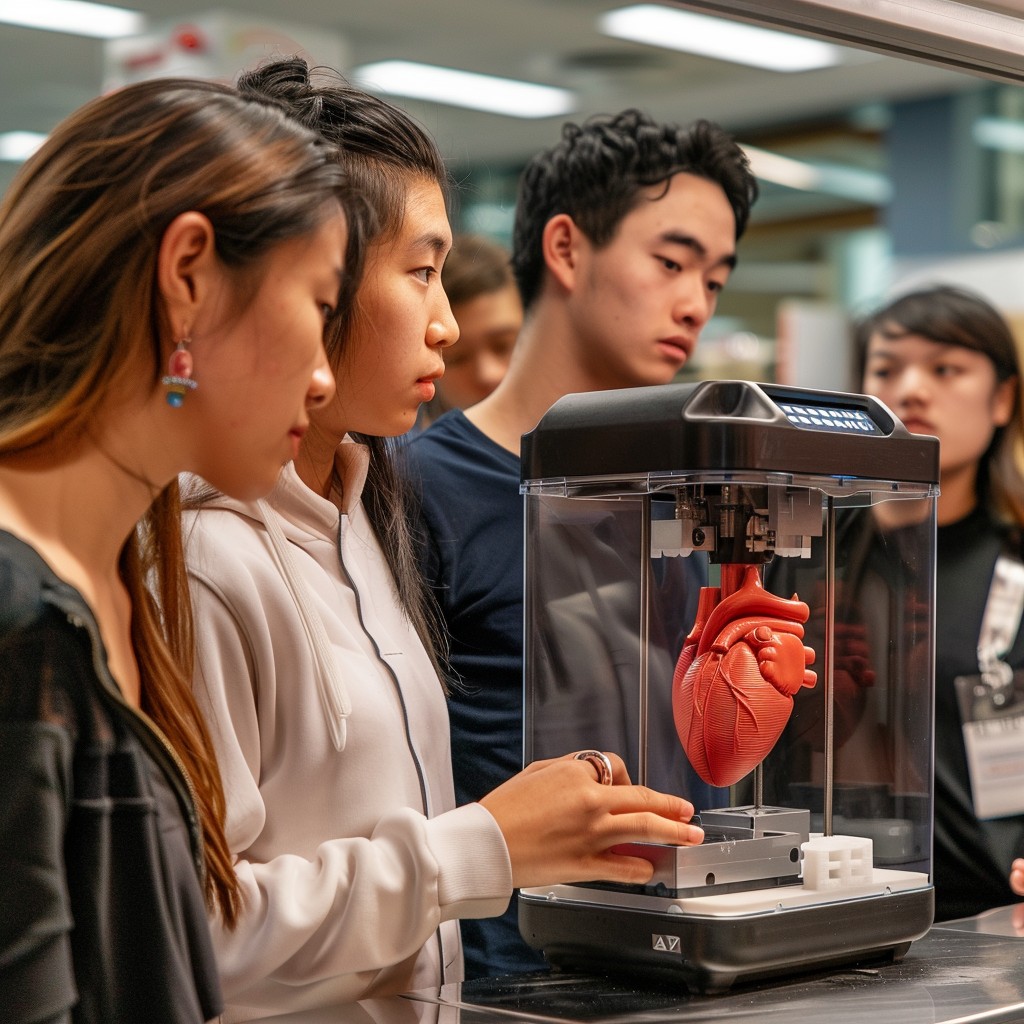Understanding the Basics of Everyday Science in 2024

Everyday science is all around us, from the moment we wake up until we go to bed. It influences everything we do, whether it’s boiling water for tea or checking the weather. Understanding these basic scientific principles helps us navigate daily life with more ease and curiosity.
The Role of Science in Daily Activities
The Chemistry of Cooking
Cooking is a great example of science in action. When you heat food, you cause chemical reactions that change the texture and flavor. The browning of bread, known as the Maillard reaction, is a chemical process that gives toast its distinctive taste and color.
Physics in Motion: How We Move
Walking, driving, or even playing sports all involve the principles of physics. The force exerted by our muscles moves our bones, and the friction between our feet and the ground keeps us from slipping. Understanding these forces can help us improve athletic performance and reduce the risk of injury.
Everyday Technology: A Product of Science
Smartphones: The Pocket-Sized Marvel
Your smartphone is a product of decades of scientific research. It combines chemistry (in the battery), physics (in the display and touch screen), and computer science (in the software). This small device connects us to the world, thanks to the wonders of science.
Household Appliances: Silent Scientific Helpers
From refrigerators to washing machines, household appliances make life easier and more efficient. They use principles of thermodynamics, electronics, and mechanics to perform tasks that would otherwise take a lot of time and effort.
Environmental Science: Understanding Our World
Everyday Science of Weather
Weather patterns are a direct result of complex atmospheric conditions. By understanding the science behind weather, we can predict storms, dress appropriately for the day, and even prepare for natural disasters.
Sustainability and Everyday Choices
The choices we make daily, like recycling or conserving water, are informed by environmental science. This branch of science helps us understand the impact of our actions on the planet and guides us toward more sustainable living.
Health and Science: Keeping Ourselves Safe
The Science of Hygiene
Simple habits like washing hands and brushing teeth are rooted in everyday science. These actions help prevent the spread of germs and maintain our overall health. Understanding the importance of these practices can lead to a healthier lifestyle.
Nutrition: Fueling Our Bodies
What we eat has a direct impact on our health. The everyday science of nutrition studies how different foods affect our bodies, helping us make better choices about what to eat. A balanced diet, rich in vitamins and minerals, is essential for maintaining good health.
Empowering Future Generations
Teaching children the basics of science from an early age equips them with the tools to understand the world. It encourages critical thinking and problem-solving skills that are valuable in all areas of life.
Science is all around us, influencing everything from the food we eat to the technology we use. Understanding the basics of everyday science can help you make informed decisions, appreciate the wonders of the natural world, and solve common problems. Here’s a guide to some fundamental concepts in everyday science.
Matter and Its States
- Matter: Everything in the universe is made of matter, which has mass and occupies space. Matter can exist in different states—solid, liquid, gas, and plasma.
- Solids, Liquids, and Gases: Solids have a fixed shape and volume, liquids have a fixed volume but take the shape of their container, and gases have neither a fixed shape nor a fixed volume.
- Changes in State: Matter can change from one state to another through processes like melting (solid to liquid), freezing (liquid to solid), evaporation (liquid to gas), and condensation (gas to liquid). These changes are driven by temperature and pressure.
Energy and Its Forms
- Energy: Energy is the ability to do work or cause change. It comes in many forms, including kinetic (motion), potential (stored), thermal (heat), electrical, and chemical energy.
- Law of Conservation of Energy: Energy cannot be created or destroyed, only transformed from one form to another. For example, when you eat food (chemical energy), your body converts it into kinetic energy for movement and thermal energy to maintain body temperature.
- Everyday Applications: Understanding energy helps explain how batteries power devices, how microwaves heat food, and how the sun provides energy for life on Earth.
Basic Principles of Physics
- Gravity: Gravity is the force that attracts objects toward one another. It’s what keeps you grounded on Earth and causes objects to fall when dropped. The strength of gravity depends on the mass of the objects and the distance between them.
- Newton’s Laws of Motion: These three laws describe how objects move and interact. For instance, an object at rest stays at rest unless acted on by a force (First Law), and for every action, there is an equal and opposite reaction (Third Law). These laws explain everyday occurrences like why a ball rolls when pushed or why you feel a pushback when you push against a wall.
- Simple Machines: Simple machines, like levers, pulleys, and inclined planes, make work easier by allowing you to apply less force. Understanding these can help you solve practical problems, like using a lever to lift a heavy object or a pulley to raise a flag.
4. Chemical Reactions
- Atoms and Molecules: Atoms are the building blocks of matter, and molecules are combinations of two or more atoms. Chemical reactions involve the rearrangement of atoms to form new substances.
- Recycling involves converting waste materials into new products, reducing the need for raw materials and conserving energy. Practicing sustainability, like using renewable resources and reducing waste, helps protect the environment for future generations
- The Water Cycle: The water cycle describes how water moves through the environment, from evaporation and condensation to precipitation and runoff. This cycle is essential for sustaining life on Earth and influences weather patterns.
Science in the Classroom and Beyond
Schools play a crucial role in introducing students to the wonders of science. But learning shouldn’t stop at the classroom door. Encouraging curiosity and exploration at home can foster a lifelong love of everyday science.
Conclusion
Everyday science is an integral part of our lives, shaping how we live, work, and play. By understanding the basic principles of science, we can appreciate the world around us and make informed decisions in our daily lives.






